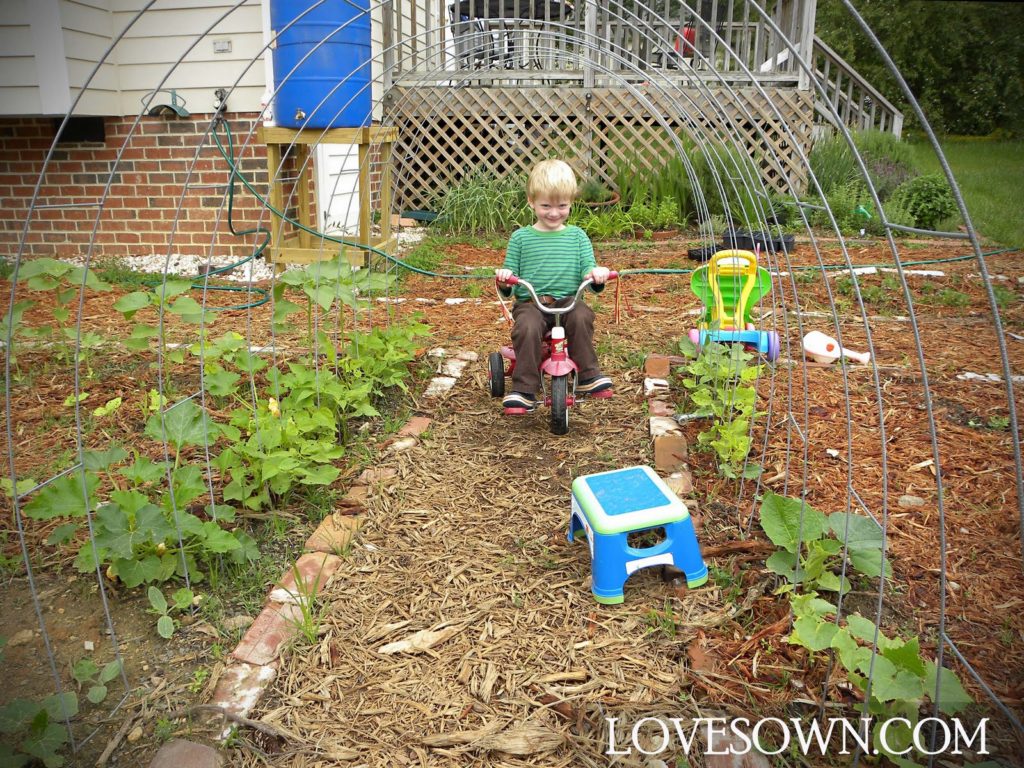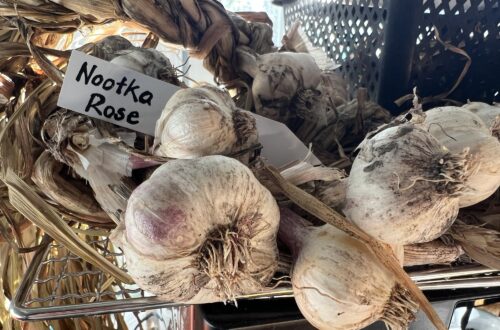Before the Last Frost
I want to breathe new life into those old posts and into my own vegetable garden preparations. The past few years seem to have been a whirlwind of elementary school, new activities, new landscape installations, and even new hobbies, and I feel like preparing the garden morphed into “Wait, what? It’s time to plant? Well I’m too late for that crop … What else can I cram along that trellis?” The kids then spent more time dangling from the slackline and tree branches than stomping barefoot on my rows of onions. No longer do I have a toddler and preschooler riding tricycles down garden paths and crawling through tunnels. I have two boys with their own interests and ideas for what we should grow. As the family grows and changes, so does the family garden.
This weekend I will start posting weekly tips and documentation of our own preparations. I have my work cut out for me. We failed to mulch this past fall, and the chickens have torn up all the beds around the yard and several in the veggie garden. The one redeeming thing I did was plant red clover on several of the larger vegetable beds and around the strawberry plants. Hopefully that clover has been hard at work fixing nitrogen, suppressing weed growth, and holding down precious soil in wind and rain.
- Light freeze: 29° to 32°F—tender plants are killed.
- Moderate freeze: 25° to 28°F—widely destructive to most vegetation.
- Severe freeze: 24°F and colder—heavy damage to most plants.
Preparing for spring is what keeps me sane in the winter. Come back here and join me in these last ten weeks before spring.


